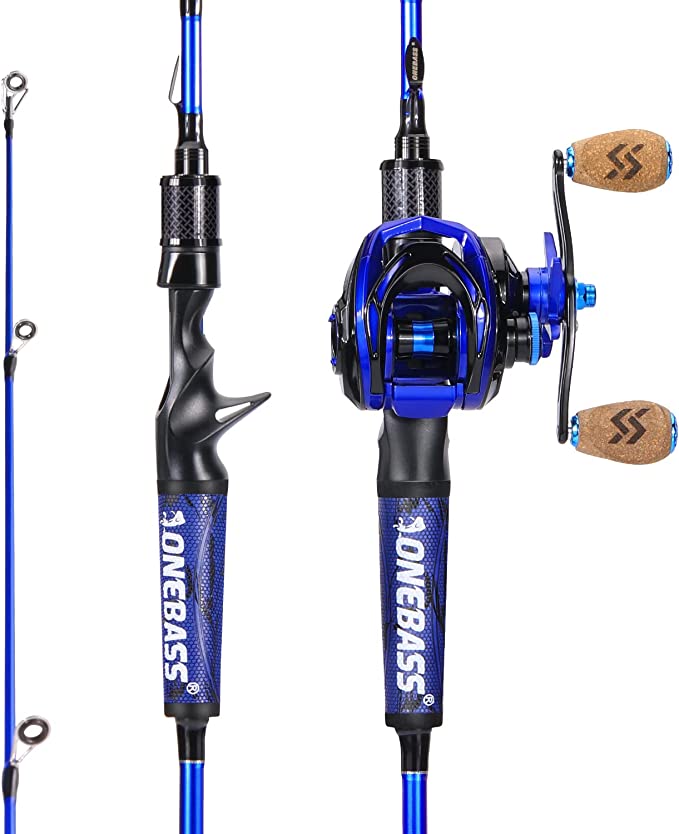KRUPS KM209D50: Keep Your Coffee Hotter for Longer with Thermal Technology
Update on Feb. 21, 2025, 1:44 p.m.
We’ve all been there. You brew a beautiful, full pot of coffee, anticipating that rich, warm aroma and invigorating first sip. You pour your first cup, savor it, and then… life happens. An hour later, you return for a refill, only to find a tepid, disappointing brew. The quest for a consistently hot cup of coffee is a surprisingly complex one, involving a fascinating dance of heat, materials, and clever engineering. Let’s explore this, using the KRUPS KM209D50 Simply Brew Coffee Maker as our guide.
Before we delve into the technology of modern coffee makers, let’s take a quick trip back in time. Imagine yourself in the 18th century. Keeping coffee hot was a constant challenge. People would wrap their coffee pots in thick cloths, place them near the hearth, or even use early versions of insulated containers – often bulky and not very effective. These early attempts highlight a fundamental truth: heat always wants to escape.

The Three Troublemakers: Conduction, Convection, and Radiation
The science of heat transfer, a branch of thermodynamics, explains how heat escapes. It does so through three primary mechanisms: conduction, convection, and radiation. Let’s break these down in a way that doesn’t require a physics degree:
- Conduction: Imagine holding a metal spoon in a hot cup of coffee. The heat from the coffee travels directly through the metal, making the spoon handle hot. That’s conduction – heat moving through direct contact. Materials like metal are excellent conductors of heat, which is why they’re not ideal for keeping things insulated.
- Convection: Think about the air above your hot coffee. It heats up, becomes less dense, and rises. Cooler air rushes in to take its place, creating a cycle. This swirling movement of air (or any fluid) carries heat away from your coffee. That’s convection.
- Radiation: Everything, even you and your coffee, emits infrared radiation – a form of electromagnetic energy. Hotter objects emit more radiation, losing heat in the process. This is why your coffee cools down even if it’s not touching anything and there’s no air movement.
So, how do we fight back against these three relentless forces of heat loss? The answer lies in insulation, and this is where the KRUPS KM209D50’s thermal carafe comes into play.

The Double-Walled Defense: How the KRUPS Carafe Works
The KM209D50 doesn’t use a traditional glass carafe. Instead, it features a double-walled stainless steel carafe. This design is crucial for extended heat retention. Imagine it like this:
- Combating Conduction: The two layers of stainless steel are separated by a layer of, minimizing direct contact. Even though stainless steel is a metal (and thus a conductor), the separation between the walls dramatically reduces heat transfer through conduction.
- Conquering Convection: The space between the two walls significantly restricts air movement. The air inside cannot freely circulate and carry heat away from the inner wall (which is in contact with the hot coffee) to the outer wall (which is in contact with the cooler room air).
- Reflecting Radiation: Stainless steel, especially when polished, is a relatively poor emitter of infrared radiation compared to glass. This means it radiates less heat away from the coffee.
The combined effect of these three factors – reduced conduction, convection, and radiation – allows the KRUPS KM209D50’s carafe to keep coffee hot for up to an impressive four hours, without the need for a continuously heated warming plate.
Beyond the Carafe: The Science of a Perfect Brew
But keeping coffee hot is only half the battle. Brewing it correctly in the first place is equally important. The flavor of coffee comes from the complex chemical compounds within the roasted beans. These compounds are extracted by hot water, and the process is surprisingly delicate.
Water temperature is critical. The ideal brewing temperature for coffee is generally considered to be between 195°F and 205°F (90°C and 96°C). Too low, and the coffee will be under-extracted, tasting weak and sour. Too high, and you’ll over-extract, resulting in a bitter, harsh brew.
Brewing time is also a key factor. The longer the water is in contact with the coffee grounds, the more compounds are extracted. This is where the “strength” settings on the KRUPS KM209D50 come into play. While the exact mechanism isn’t specified without detailed technical documentation, it’s highly likely that these settings adjust the brewing time. The “mild” setting likely corresponds to a shorter brewing time, resulting in a lighter-bodied coffee. The “bold” setting likely uses a longer brewing time, extracting more compounds and producing a stronger flavor.

KRUPS KM209D50: Precision Brewing at Your Fingertips
The KRUPS KM209D50 isn’t just about keeping coffee hot; it’s about making it well. The programmable features allow you to tailor the brewing process to your preferences and schedule. You can set the coffee maker to start brewing up to 24 hours in advance, ensuring you wake up to a fresh, hot pot. This isn’t just about convenience; it’s about consistency. By controlling the brewing time, you’re controlling the extraction process, leading to a more predictable and enjoyable cup.
Small Batch, Big Flavor
Often, you might not need a full 14-cup pot. The KM209D50 addresses this with its “Small Batch” setting. This feature, designed for brewing 1-4 cups, is important. When brewing a smaller amount of coffee, the water-to-grounds ratio and the flow rate through the grounds can change significantly, potentially leading to under-extraction. The “Small Batch” setting likely adjusts the brewing parameters (possibly the water flow rate or brewing time) to compensate for this, ensuring that even a small amount of coffee is brewed to perfection.
The Anti-Drip Advantage: No More Messy Counters
The KRUPS KM209D50 carafe, beyond its thermal capabilities, incorporates a thoughtfully designed anti-drip system. This feature, often overlooked, is a testament to the attention to detail in the coffee maker’s design. The precise pouring spout and lid mechanism work in concert to minimize those frustrating drips and spills that can occur when pouring from a less-well-designed carafe. Some user reviews mention difficulties with pouring, it’s worth emphasizing the importance of a slow, steady pour, allowing the anti-drip feature to function correctly. A quick, forceful pour can overwhelm any anti-drip system.
Keeping it Clean: The Importance of Descaling
Over time, mineral deposits from your water can build up inside your coffee maker. This is called “scale,” and it can affect both the performance and the taste of your coffee. The KRUPS KM209D50 features a helpful “Clean” indicator light that alerts you when it’s time to descale.
Descaling is a simple process, and the user manual provides clear instructions. Usually, you’ll run a mixture of water and white vinegar (or a commercial descaling solution) through the coffee maker. The acidic solution dissolves the mineral buildup, keeping your machine running smoothly and your coffee tasting its best. This is another reminder to always have the carafe on correctly, or you may end up with a mess.
The Enduring Appeal of Hot, Delicious Coffee
From ancient methods of wrapping coffee pots to the modern technology of the KRUPS KM209D50, the desire for hot, flavorful coffee has remained constant. The KM209D50, with its double-walled stainless steel carafe, programmable features, and thoughtful design, represents a significant step forward in this ongoing quest. It’s a blend of scientific understanding and practical engineering, all aimed at delivering that perfect cup, and keeping it perfect for hours. It’s a reminder that even everyday objects can be marvels of design, making our lives a little bit better, one delicious sip at a time.







































